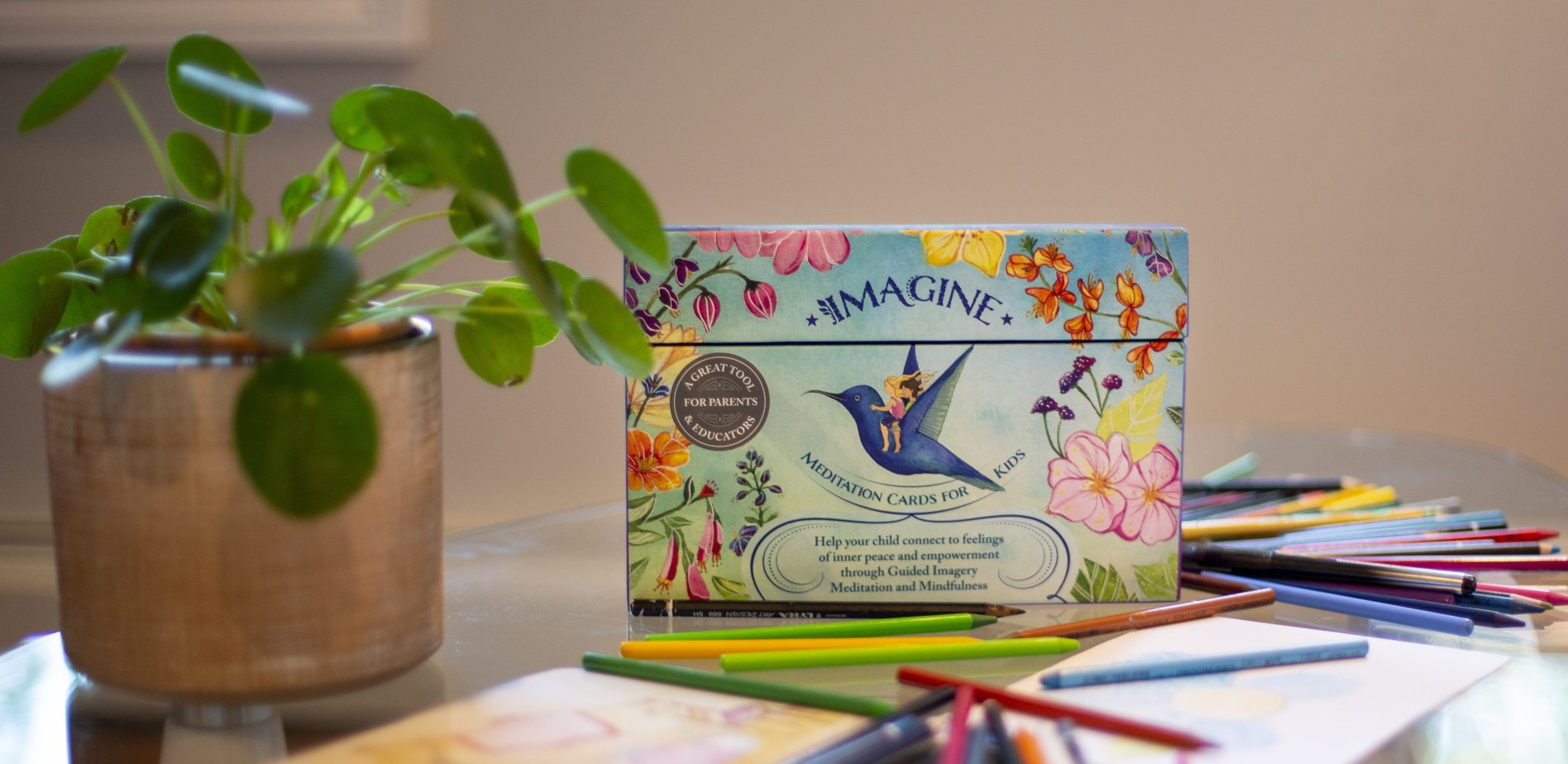3 Easy Tips to Awaken Your Five Senses
Focusing your attention, even for a short while, on your senses is a time-honored mindfulness practice that will leave you feeling more relaxed and present. The idea is to try and clear your head of unnecessary thoughts and then concentrate on what you can sense without feeling any judgement toward it.
Here are 3 tips that can help you do that successfully :)
1. Practice mindfulness to experience the world around you.
One by one, try turning your attention to something you can see, something you can hear, something you can touch, smell, and taste.
This simple yet powerful practice is
great for teaching your mind to focus on one thing, and also allows you to experience the object of your attention
without the need to define or classify anything about it.
Better still, you’re not required to decide if you think it’s good, whether you like it, or anything else for that matter. All you have to do is accept the sensation as it is and be okay with that.
Sounds like a healthy idea, right?
2.
Set the stage for your senses.
When you know you’re about to take your five senses for a spin as a way to unwind,
choosing your surroundings and creating just the right atmosphere can do a lot to support your plan. Make sure to incorporate elements that entice each sense.
- Sight: Try sitting in a room you really like and focusing on a favorite decoration. Or pick a pleasant spot outside where you feel relaxed. Anywhere you choose is great as long as your eyes feel joyfully occupied.
- Smell: Use a diffuser with a nice essential oil such as lavender or jasmine. If you’re out in nature, search for a scent you can connect with, like the fragrance of freshly cut grass or a flowering bush.
- Hearing: Turn on some calm music or sit quietly and listen to the sound of birds, crickets, or the wind outside.
- Touch: Try centering your attention on the feel of a fluffy pillow or perhaps a smooth object like a stone or seashell.
- Taste: Engaging your taste buds can get a little tricky. After all, you don’t want to make yourself hungry instead of relaxed. ;) Still, see how you fare at focusing your awareness on the taste of a fruit or any other food that you like. Allow yourself to eat it slowly, giving it your full attention.
3.
Have some fun with guided imagery!
Guided imagery meditation encourages you to engage all of your senses in a relaxing mental scene. This simple trick can help you soothe your body and mind by supplying it with a vivid scenario to concentrate on.
Don’t let the term “guided imagery” fool you: this visualization technique isn’t only about sight. Sure, you still want to be able to see the scene within your mind’s eye, but you also want to hear, smell, touch, and taste it as much as you can using your imagination.
So, try visualizing yourself at a place where you’d gladly spend the whole day. For me, it would be sitting next to a beautiful swimming pool by the sea, watching an amazing sunset :) As you conjure up that special place, make sure to involve your senses as much as possible:
Feel the temperature of the air, the gentle warmth of the sunlight on your skin. Sense the gentle breeze on your face and the smooth fabric of your clothes. Notice the sound of the sea waves or the gentle bubbling of that fountain by the pool. Add an enjoyable scent to the air. Maybe it’s the smell of the salty ocean or a fire pit nearby. And don’t forget: while you’re having all that fun, go ahead and imagine something tasty, too!
The Imagine Blog



